In terms of construction, sustainability is best defined as development that meets the needs of the present without compromising the ability of future generations to meet their own needs.
Careful selection of building materials and construction methods is required and precast concrete’s inherent properties make it the obvious choice for achieving sustainability.
- Prefabricated precast concrete is locally manufactured (off-site) using local products and utilising some of the industry’s most ecological and economical practices.
- It supports local industry.
- Off-site manufacture means precast elements can be made in re-useable moulds and that exact elements are delivered to site. These benefits, as well as the use of recycled materials and considerably less raw materials, result in a massive reduction in construction waste.
- Precast enables a fast, cost-efficient construction resulting in safer construction sites and minimal disturbance.
- Precast delivers structures which are long-lasting, maintenance free, termite-proof, flood and fire safe.
- Precast structures don’t need to be treated with chemicals, nor do they emit fumes.
- Like other concrete structures, precast concrete reabsorbs carbon over it’s life, and its high thermal mass means structures can deliver substantial energy cost savings.
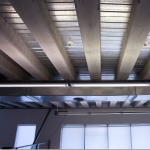
Dematerialisation
Precasters are always looking for opportunities to reuse, reduce and recycle – grey and storm water runoff are utilised, waste materials from other industries are incorporated, the minimal production waste is recycled, moulds are often re-used hundreds of times, recycled steel is used for reinforcement and when it is no longer needed the final product is crushed up and used for road bases and construction fill.
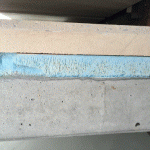
Energy Efficiency
Precast concrete has a high thermal mass which enables it to absorb, store and later radiate heat. This passive solar quality allows natural heating in winter and cooling in summer, thereby reducing the environmental and economical costs of artificial heating and cooling.
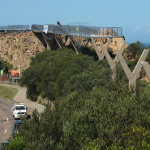
Low Impact Construction
Precast concrete speeds up construction times and considerably reduces the environmental impact of a build. A precast project means less time on site, less equipment, less third party trades and a cleaner, safer site with less waste and less disruption to surrounding properties. Precast concrete is a fast, cost effective and environmentally friendly construction product.
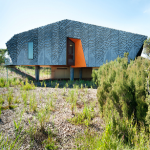
Environmentally Friendly
Precast concrete is an inert substance which does not emit or give off any gases or compounds, in fact it actually absorbs unwanted compounds such as carbon dioxide. Precast does not attract mould or mildew and being that it is termite and vermin proof, it removes the need for chemical spraying. The precast industry’s manufacturing techniques are economical, ecological and save waste products from landfill.
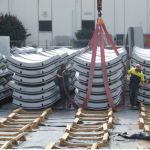
Local Production
Precast concrete is typically manufactured and supplied locally, using locally sourced materials – keeping it local reduces transport costs and saves on greenhouse gases. Even the highly skilled erection crews are sourced locally – helping to secure Australian jobs and strengthen our economy.
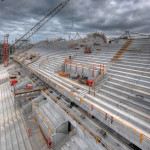
Durability & Versatility
Longer lasting structures are more sustainable as they can be reused, extended or refitted internally rather than simply being demolished. Precast is perfect for long life structures, being tough and durable and having a long life expectancy. Examples of precast concrete structures which are hundreds and even thousands of years old are well documented. Precast concrete actually gains strength as it ages, it won’t shrink, distort or move and will not deteriorate with exposure to climatic change. Precast concrete’s durability makes it resistant to natural disasters such as fires, floods and earthquakes.


